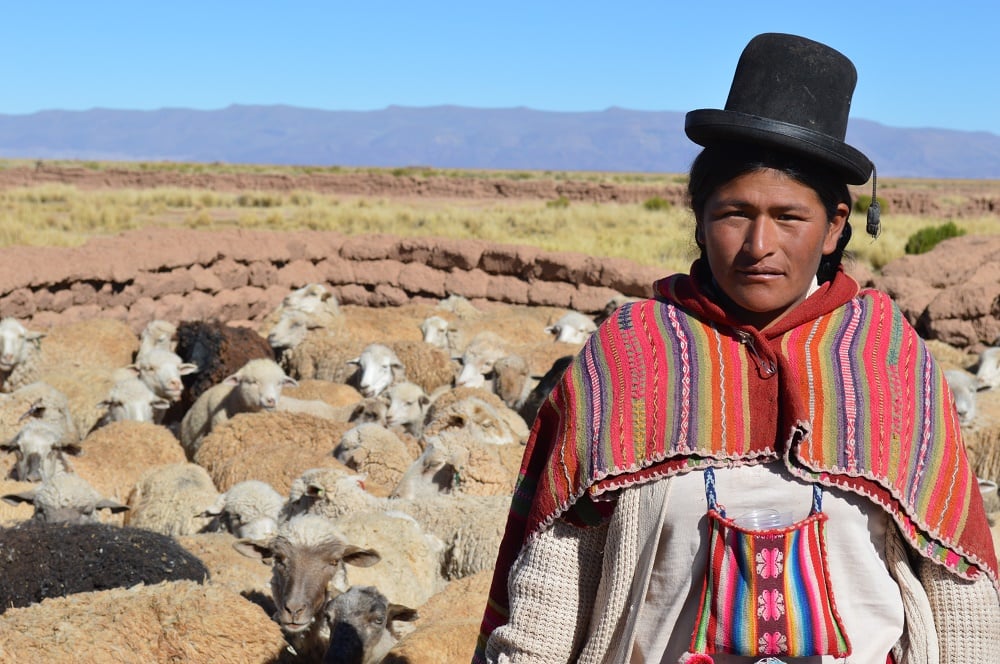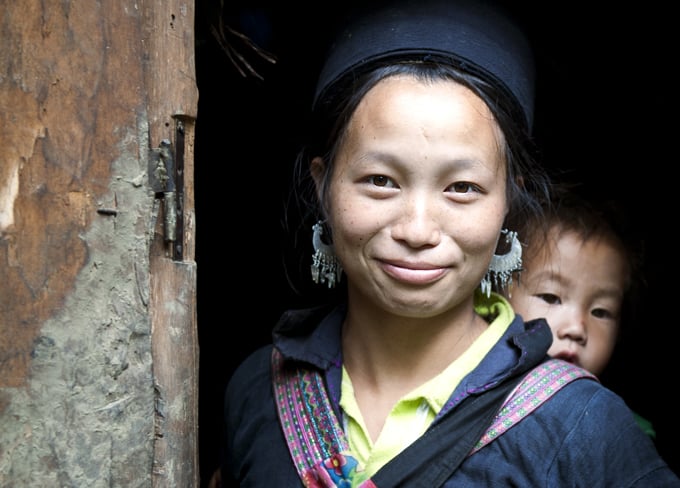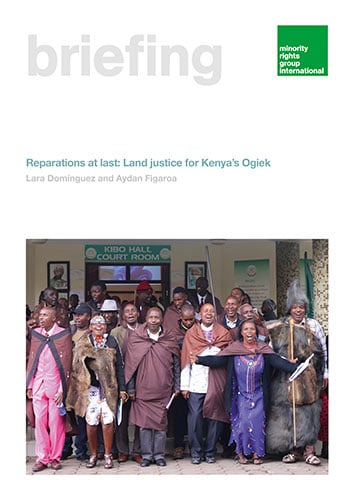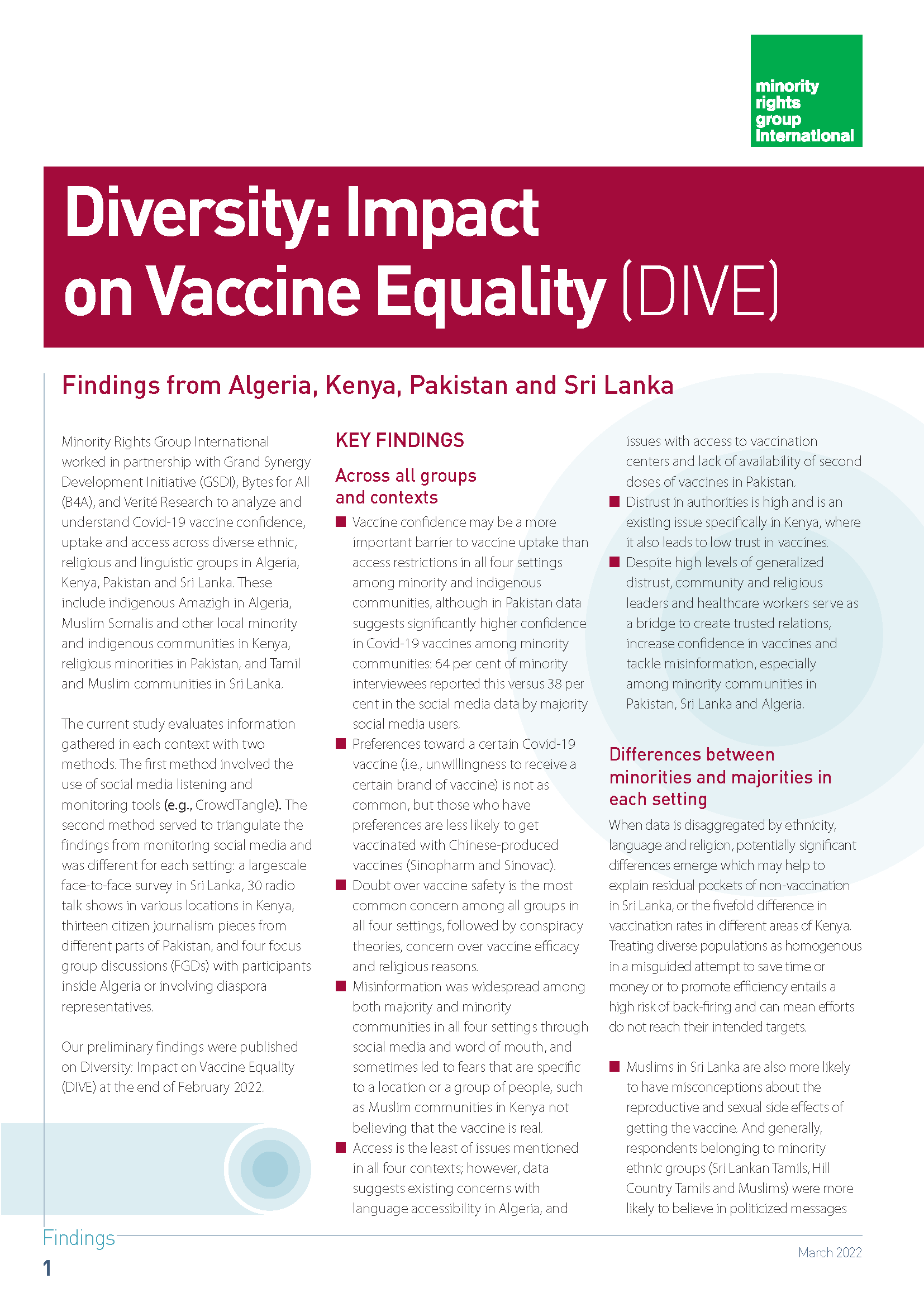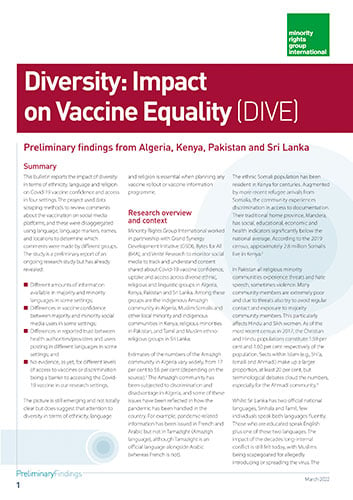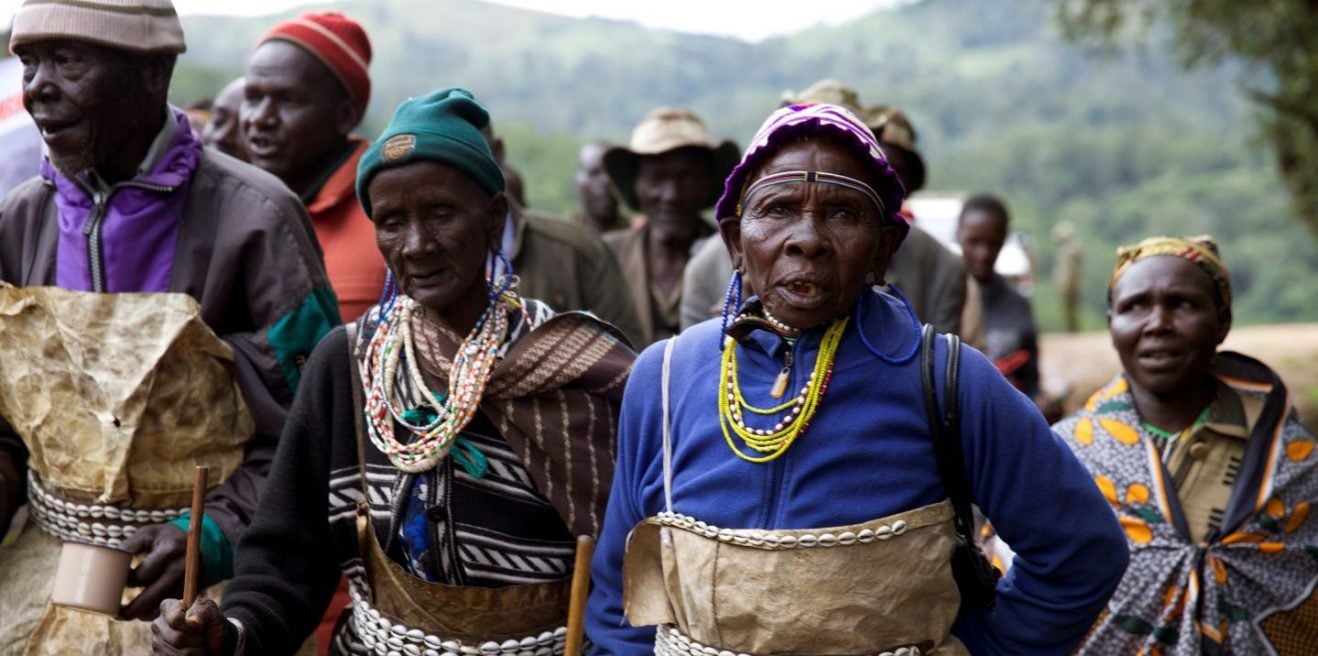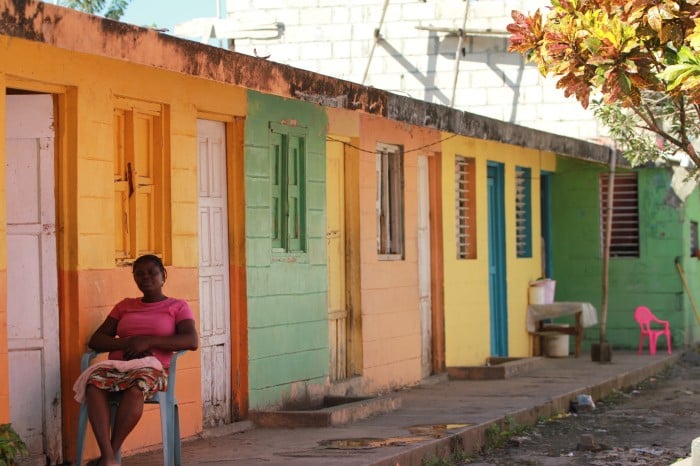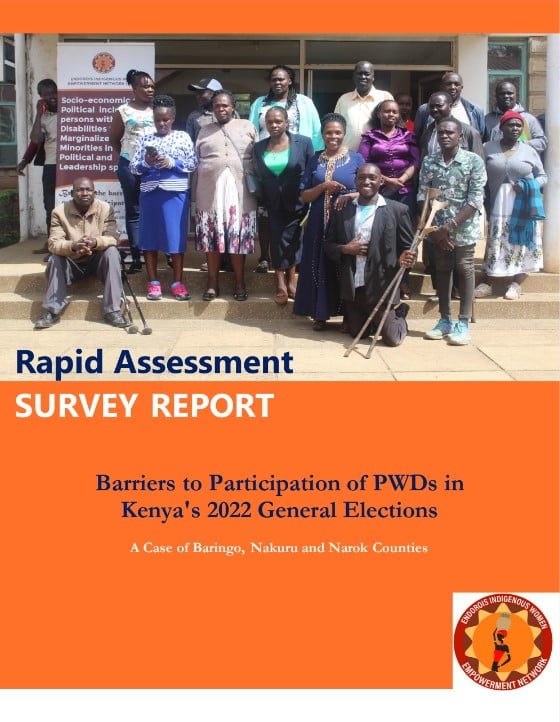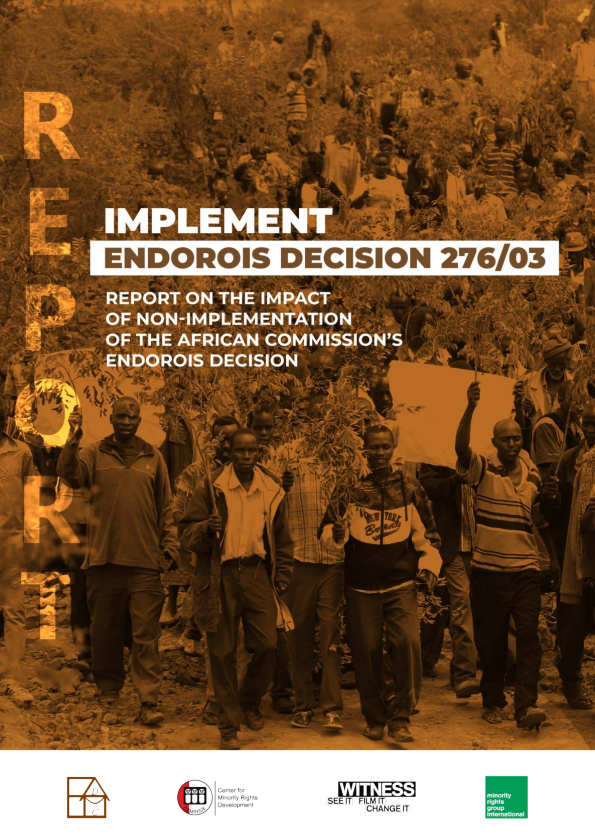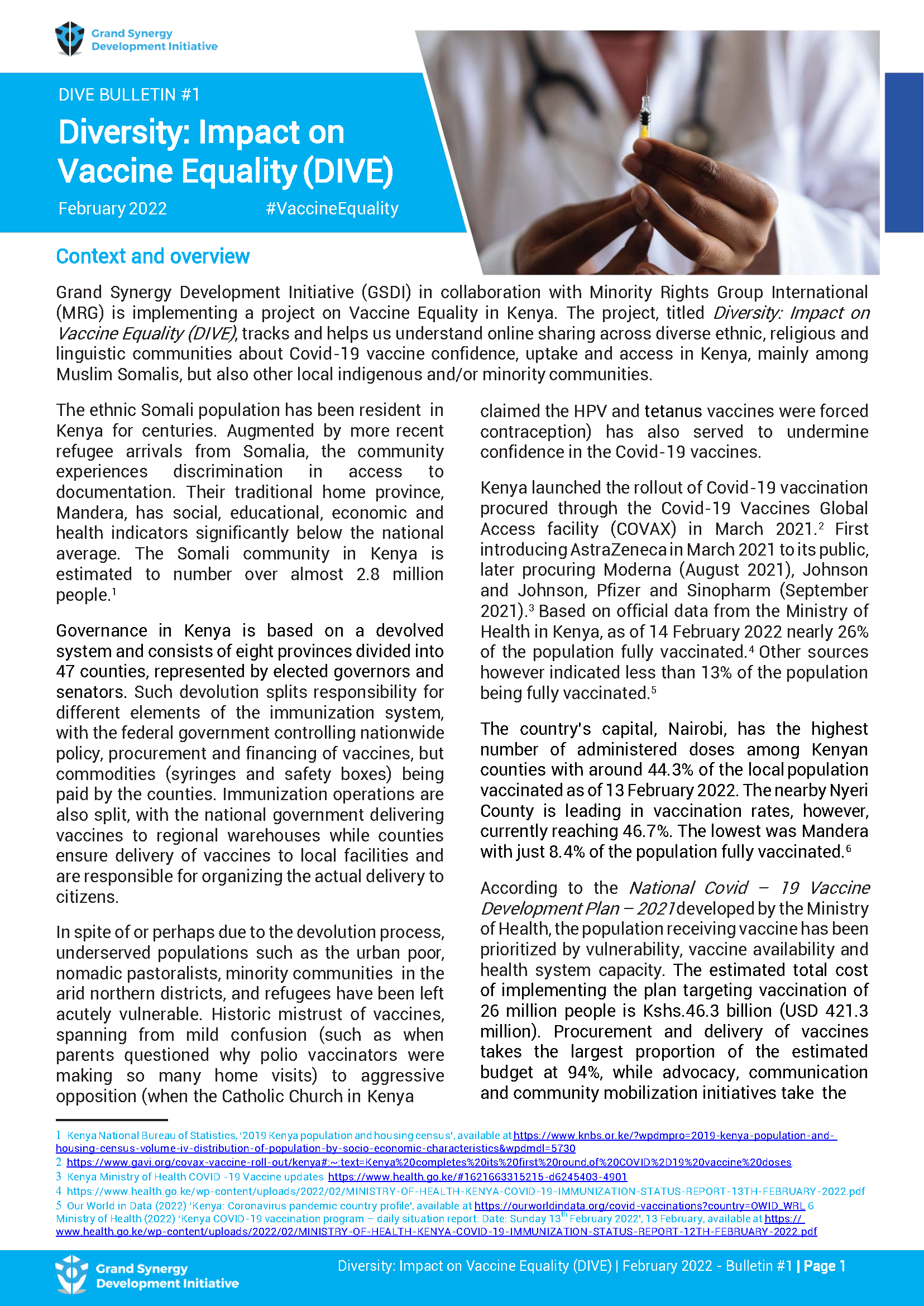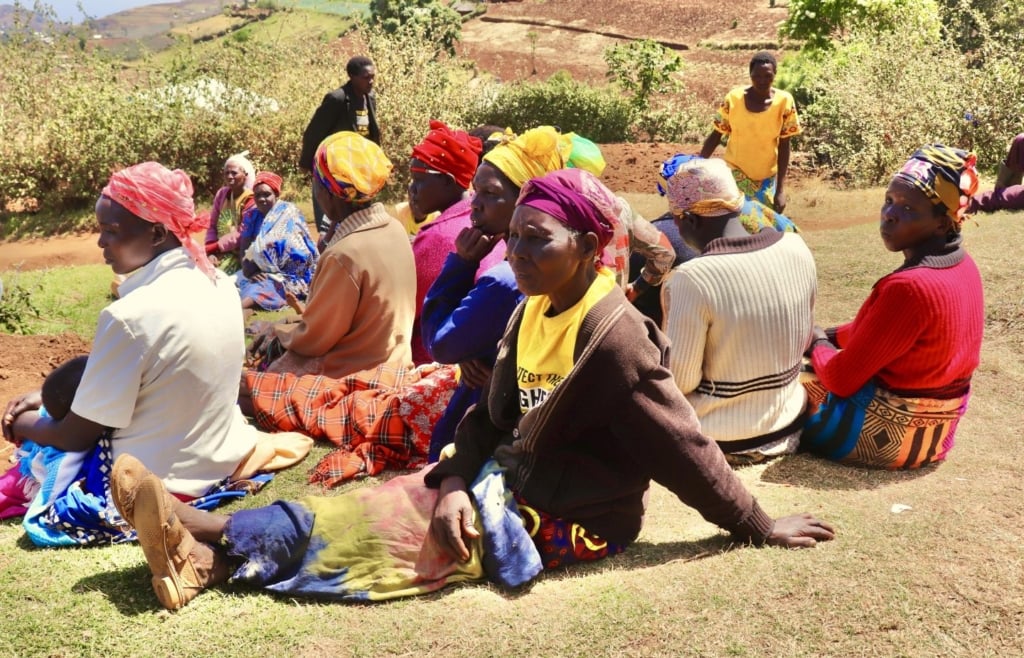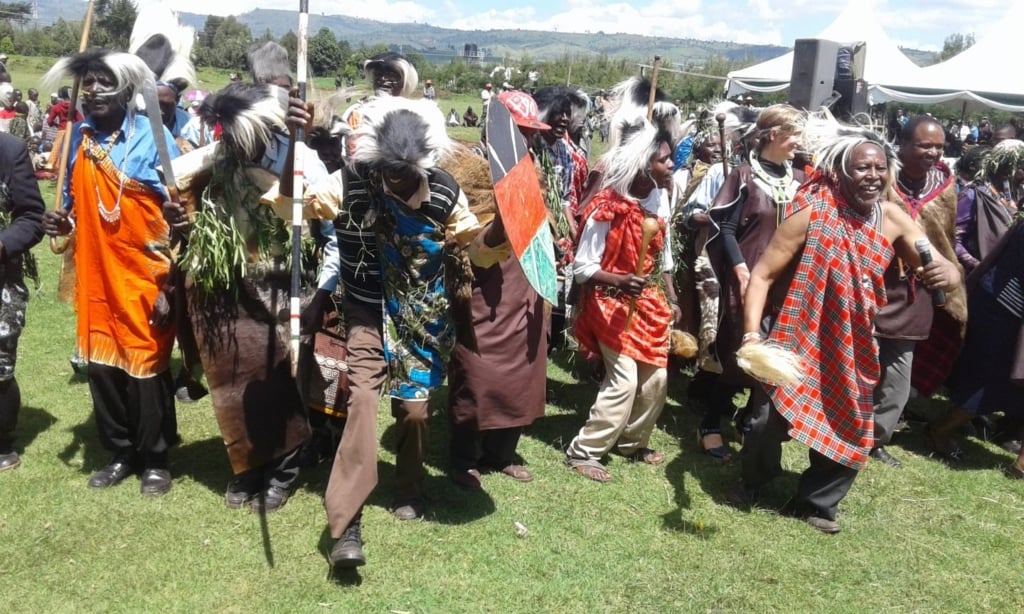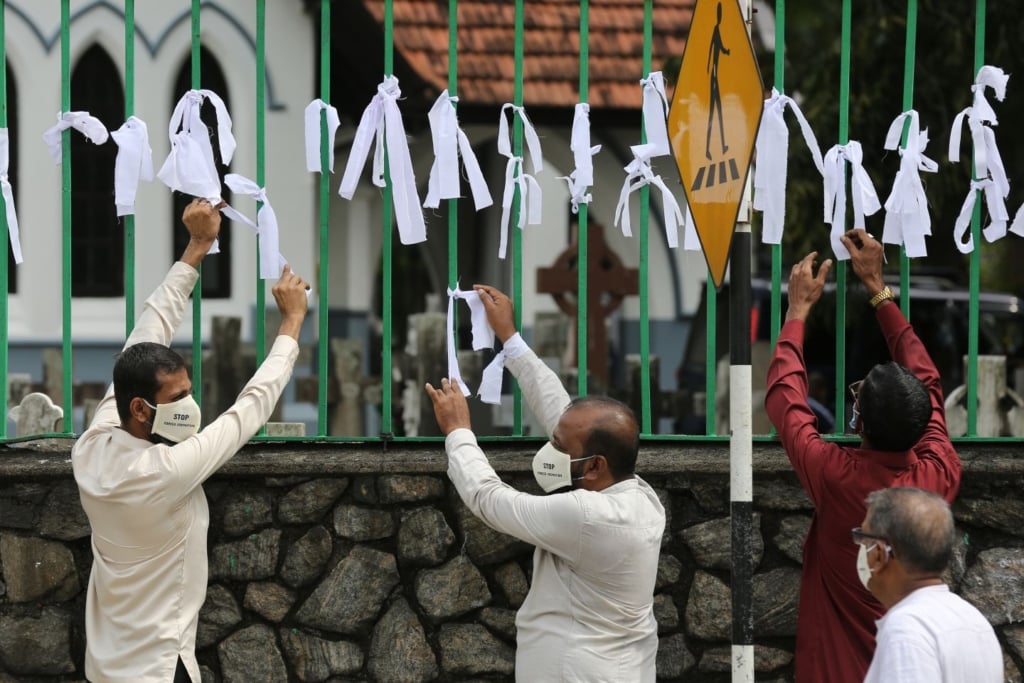Environment
Kenya lies on the Indian Ocean in eastern Africa. It borders Somalia, South Sudan, and Ethiopia in the north, Uganda in the west, and Tanzania in the south and south-west. Lowland plains rise to central Kenya’s fertile highlands and snow-capped mountains. Much of the northern half of the country is arid and semi-arid rangelands. Kenya’s many national parks and reserves protect the country’s biodiversity and are a major attraction for international tourists.
History
Kenya gained independence from British colonial rule in 1963. Many of Kenya’s ethnic communities resisted colonial oppression throughout various periods of British rule – well known resistance movements emerged from the Maasai, Nandi, and Kikuyu communities. Colonialism in Kenya undermined the territorial integrity of most of Kenya’s ethnic groups, and solidified ethnic distinctions for the purpose of divide and rule. Land was appropriated by colonial powers through military conquest and administrative fiat, generally without community consent.
Jomo Kenyatta, the country’s first President, had been a major figure in Kenya’s independence movement and led the country until his death in 1978. From 1969 to 1991 Kenya was effectively run as a one-party state. Multiparty politics increased opportunities for mobilization on ethnic and religious lines, and politicized ethnicity has frequently served narrow groups of officeholders and elites receiving their patronage. Growing international pressure for reform led to the reintroduction of multiparty politics, culminating in presidential and parliamentary elections in December 1992. Daniel arap Moi, Kenyatta’s vice-president and President since 1978, won with 36 per cent of the vote over a divided opposition; his KANU party won a narrow majority of seats in Parliament. Multiparty politics increased opportunities for mobilization on ethnic and religious lines. The ‘ethnic card’ as a tool for voter mobilization was then difficult to remove. Politicized ethnicity has usually served narrow groups of officeholders and elites receiving their patronage.
Rampant corruption, a stalling economy, and a loss of international support fuelled resentment against Moi, and he decided not to contest 2002 elections, while at the same time Kenya’s fractured opposition united behind one candidate.
Daniel arap Moi’s 24-year rule and KANU’s four decades in power ended in December 2002 when opposition presidential candidate Mwai Kibaki, a Kikuyu, won a landslide victory over KANU rival Uhuru Kenyatta – Moi’s chosen successor and the son of independence leader Jomo Kenyatta. Kibaki, who had served as Moi’s vice president from 1978 to 1988, promised to tackle corruption, and in 2003 introduced a bill proposing an anti-corruption commission. The International Monetary Fund (IMF) resumed lending to Kenya after a three-year gap. However, in December 2003 the government granted former president Moi immunity from prosecution, and the promised anti-corruption drive had not materialized. In 2003 Kibaki’s government also launched a crackdown on independent newspapers, a move that shocked Kenyans accustomed to a relatively free media. In February 2005, diplomats claimed that under Kibaki, corruption had cost Kenya US$1 billion. The Kibaki administration has been roundly criticized for tribalism and cronyism, including accusations that Kibaki has heavily favoured his Mt Kenya region in government appointments.
2007 election crisis
Amid widespread allegations of rigging, President Kibaki and his Party of National Unity claimed victory in the closely-fought 2007 elections – an outcome vehemently disputed by the opposition Orange Democratic Movement. The fault-lines in Kenyan society were exposed, when competing political interests over-lapped with ethnic differences. President Kibaki and his close associates are Kikuyu, while his main rival Raila Odinga is a Luo. Luos and allied communities from Western Kenya have long seen themselves as being denied the leadership of the country when Odinga’s father was sidelined by Jomo Kenyatta’s administration. The post-election violence in Kenya was the worst the country had witnessed, leading to hundreds of deaths, widespread sexual violence against women and men, property destruction, and approximately 600,000 people displaced over the several weeks of conflict. Some of the worst violence and displacement took place in Nairobi’s informal settlements and in the Rift Valley, where long-standing grievances over land erupted into ethnically-targeted attacks.
Under intense international pressure, Kibaki and Odinga agreed to a power-sharing deal which kept Kibaki as President and installed Odinga as Prime Minister. Six Kenyans were charged by the International Criminal Court (ICC) in connection with crimes during the post-election violence of 2007-08, but all of the cases have either been dismissed or have collapsed No one has ever been charged domestically in Kenya for crimes committed during the 2007-08 crisis. Kenya established a Truth, Justice and Reconciliation Commission (TJRC) in 2010 to document human rights violations during the 2007-08 violence as well as throughout Kenya’s post-independence history. The TJRC issued its report in 2013, providing extensive documentation of Kenya’s long history of ethno-political conflicts and underlying disputes over land rights and marginalization of many ethnic communities.
Constitutional reform and further elections
After a many decades-long struggle for constitutional reform, Kenyans voted in a constitutional referendum in 2010 to adopt a new Constitution that ushered in significant reforms. Elections in 2013 were the first held under the new Constitution and established an entirely new system of devolved governance in Kenya, creating 47 new counties with their own governments. The winning candidates for President and Vice-President at the national level, Uhuru Kenyatta and William Ruto, had been charged by the ICC for their role in the 2007-08 post-election violence and ran for election with their cases pending at the Court. However, the cases collapsed mid-way through their terms in office, though they were not formally acquitted.
Kenyatta and Ruto ran for re-election in August 2017, facing Odinga with Kalonzo Musyoka as his running mate. Kenyatta and Ruto won, although the result was disputed by Odinga. At least 24 people were killed in protests immediately after the election results were announced.
Governance
The Republic of Kenya is a democracy operating under a reformed Constitution adopted in 2010. The Constitution established a presidential system of government at the national level, with a bi-cameral parliament consisting of the Senate and the National Assembly. The constitution also created 47 county governments, each with its own Governor and County Assembly. Powers of government are shared between the national and county levels of, with certain key service delivery functions being devolved to the county level while most power to raise revenue and set national policy remains at the national level.
The President, members of the Senate and National Assembly, Governors, and members of County Assemblies are elected for five year terms in a winner-take-all system. Kenya’s Constitution requires that no more than 2/3 of any elected or appointed government body can be of the same sex, effectively creating a quota system for women. Each county also elects one ‘women’s representative’ to the National Assembly. Certain appointed seats in Parliament also are reserved for persons with disabilities. Kenya has multiple political parties, many of which are aligned with Kenya’s larger ethnic groups. During election periods, political parties generally merge to form large alliances which consolidate the numbers necessary to win an electoral majority.
Kenya has an independent judiciary consisting of a Supreme Court, Court of Appeal, regional High Courts, as well as subordinate courts including magistrate courts, khadis courts (which regulate affairs of Kenya’s Muslim community), and military courts. Kenya’s judiciary also includes specialized tribunals for labor disputes and land and environment cases.
Kenya’s Constitution also established several independent commissions, including the Kenya National Commission on Human Rights, the National Gender and Equality Commission, the National Cohesion and Integration Commission, along with the Office of the Ombudsman and the Commission on Administrative Justice.
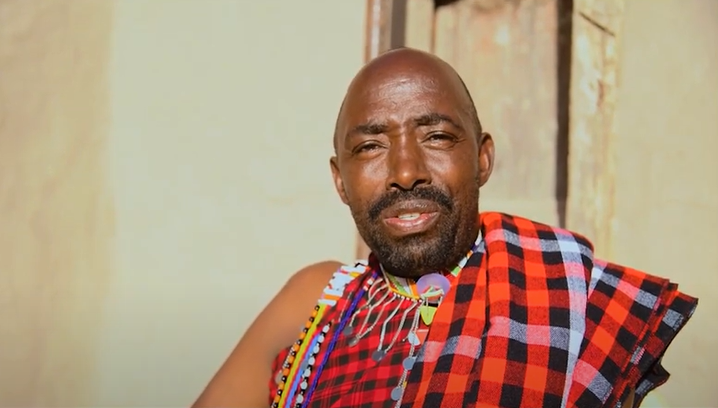
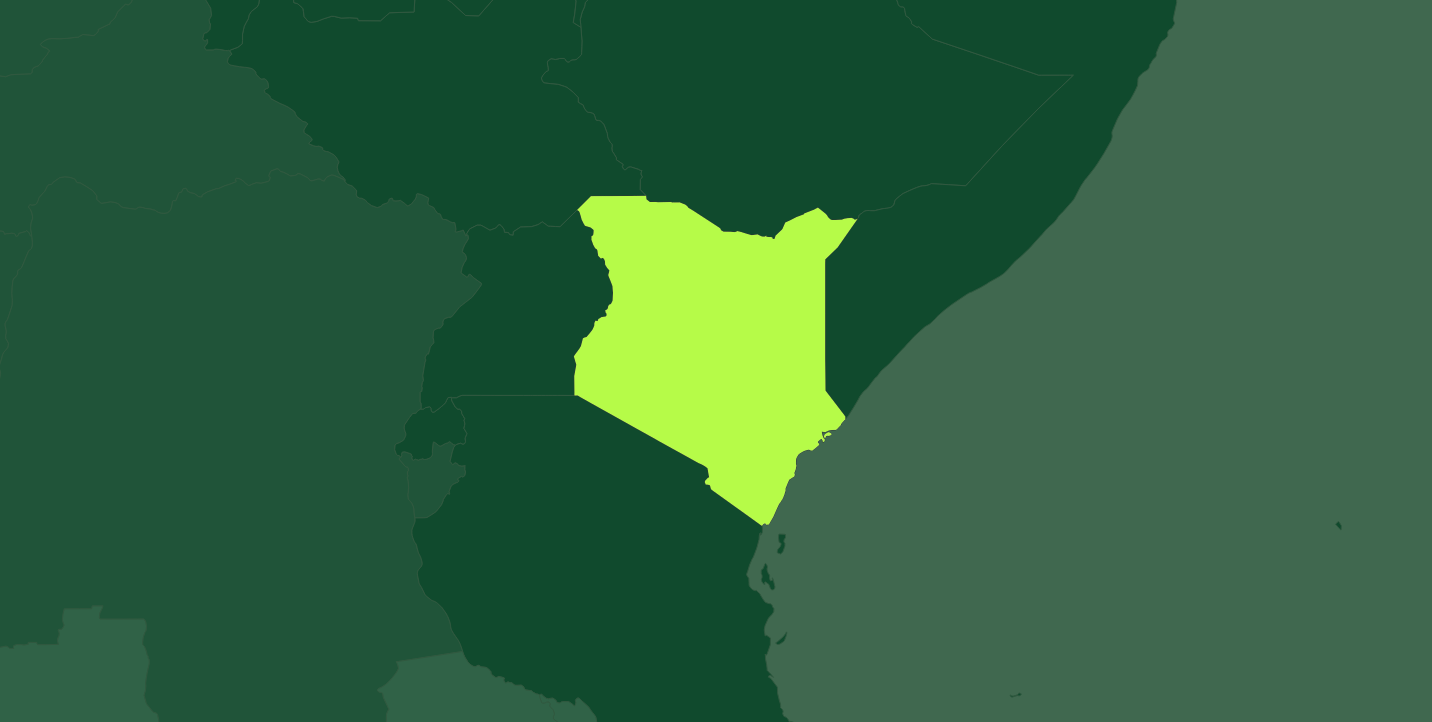
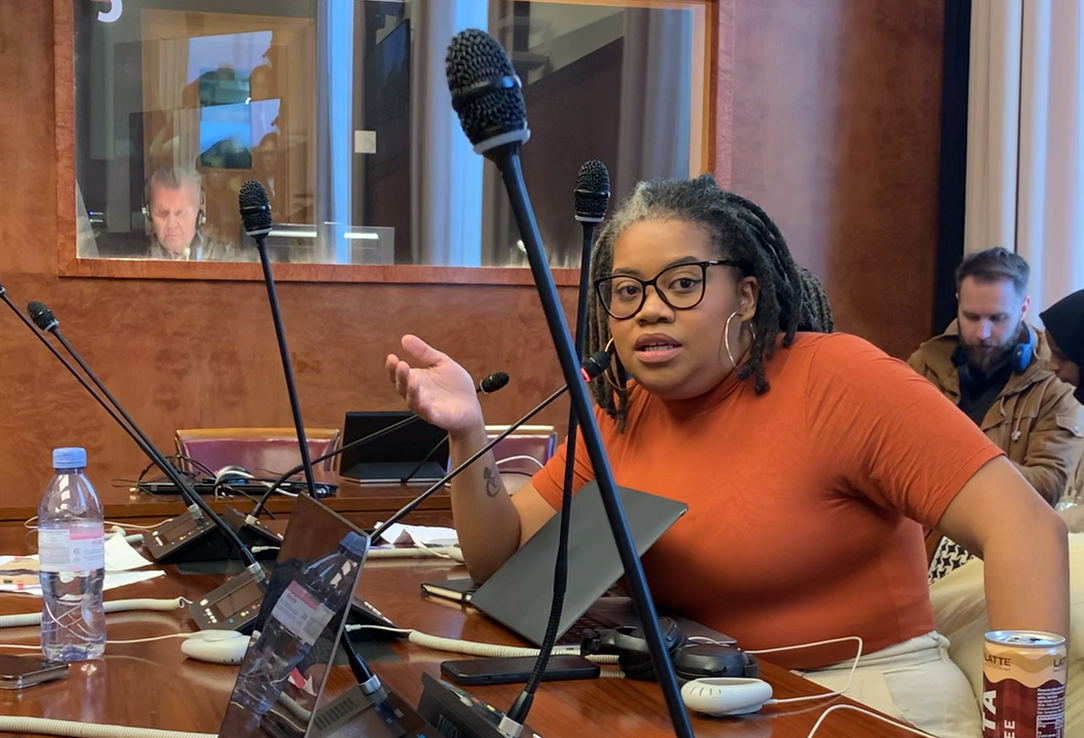
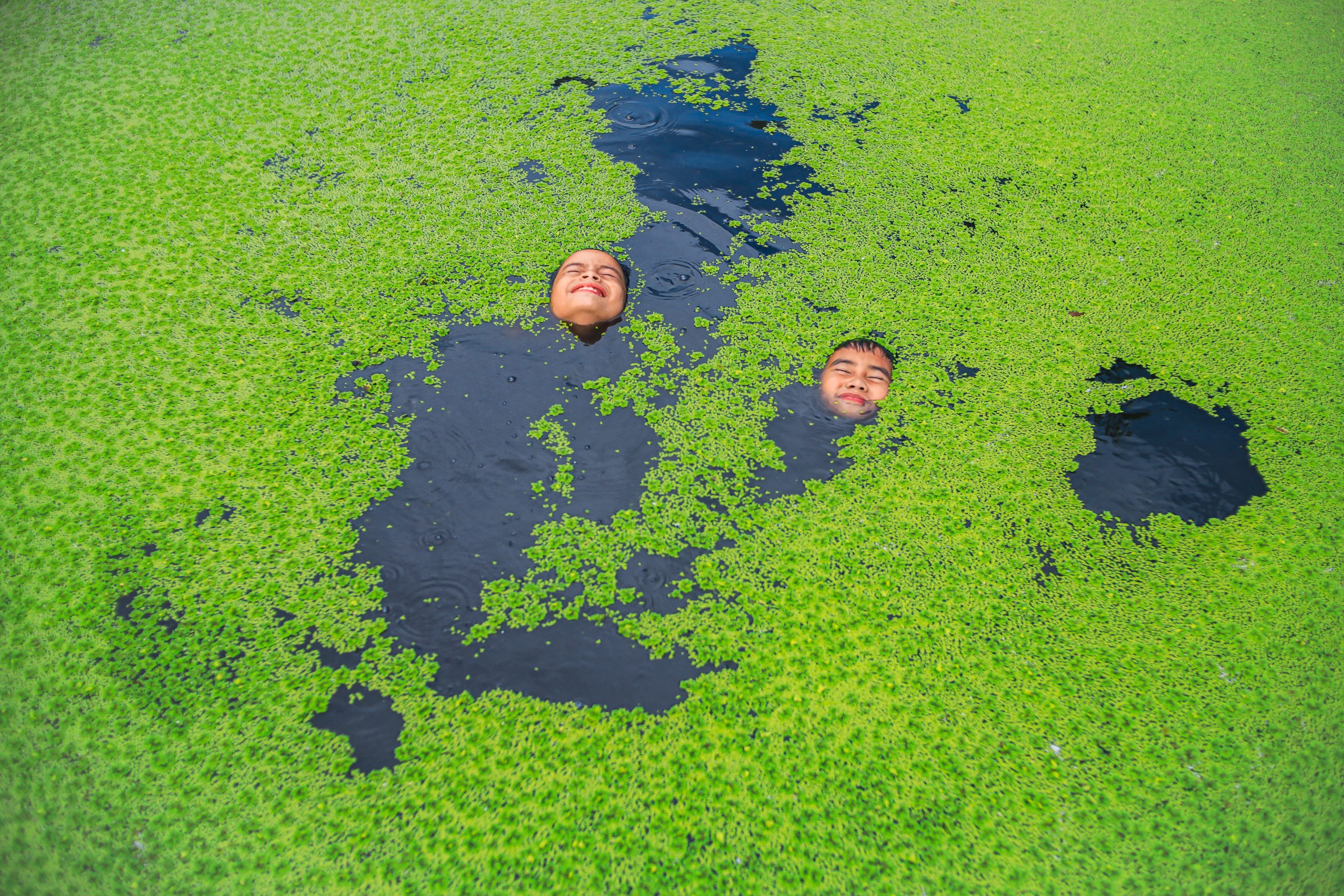
 Video on demand
Video on demand 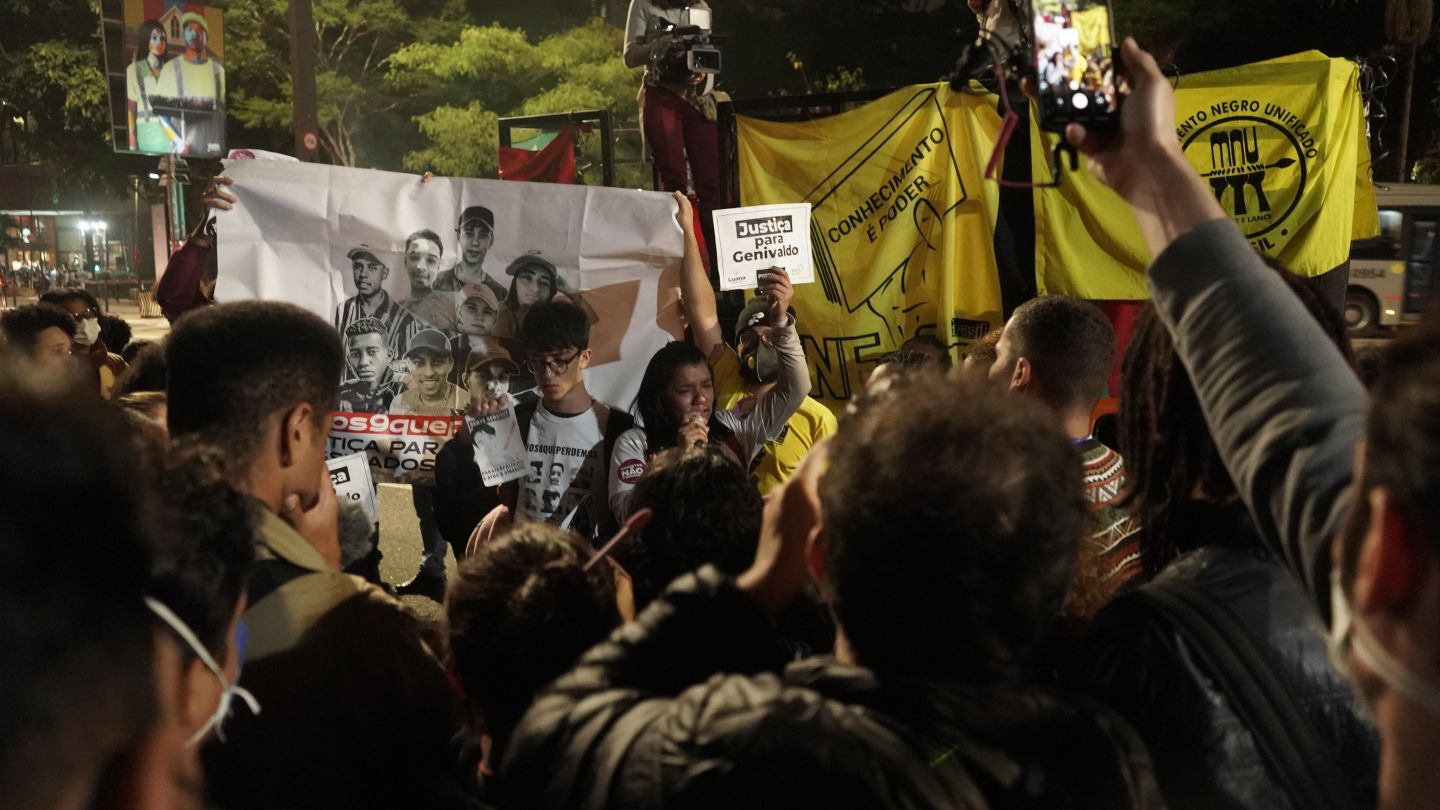 Video on demand
Video on demand 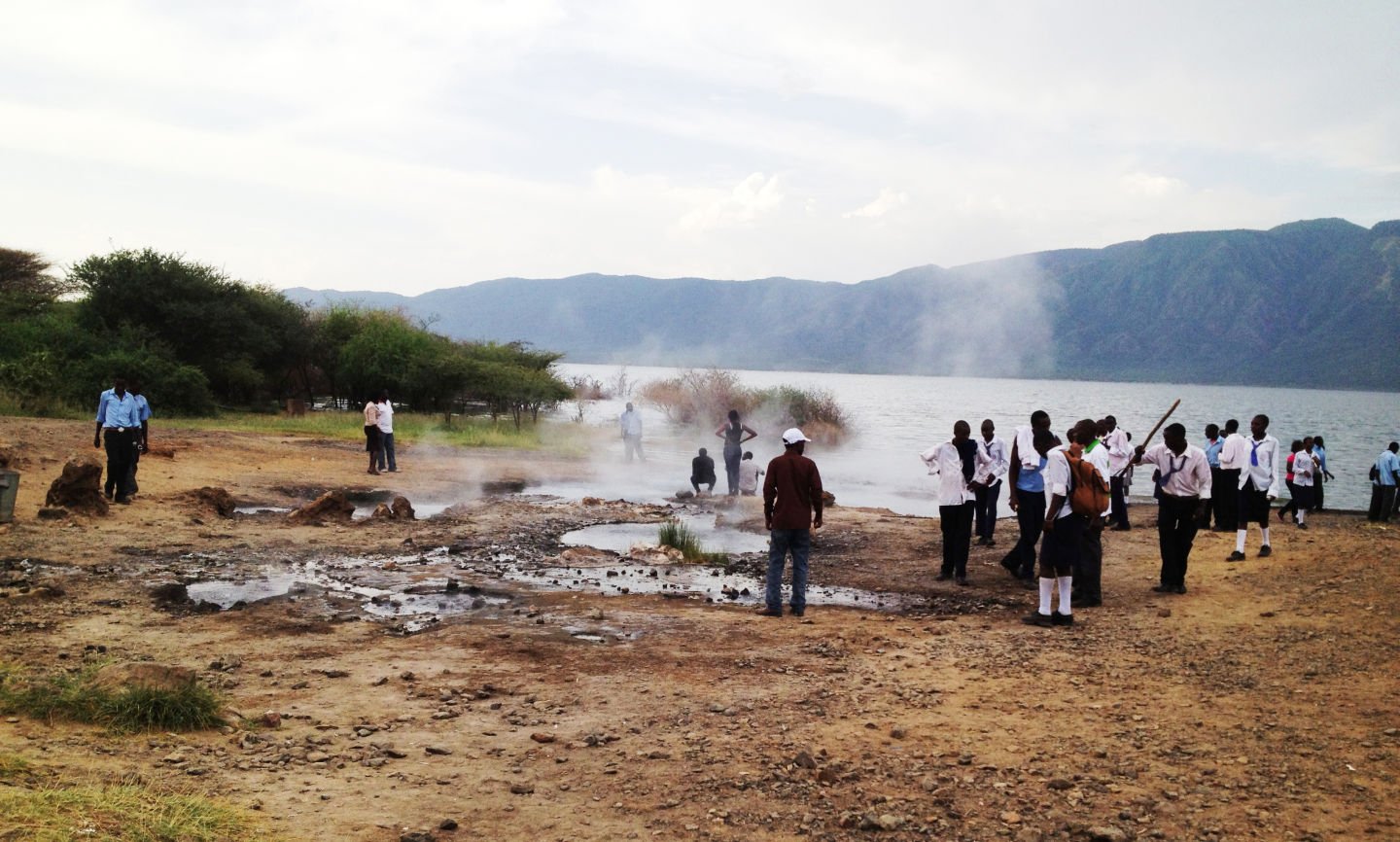 Video on demand
Video on demand 